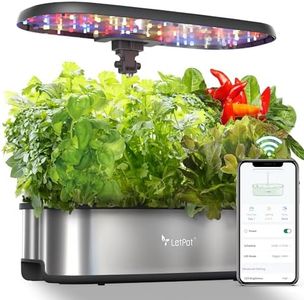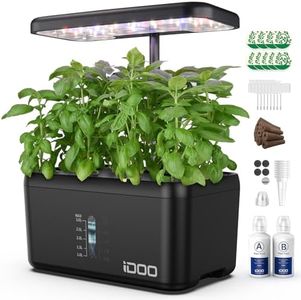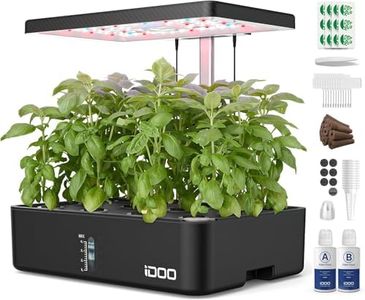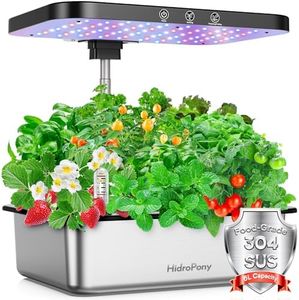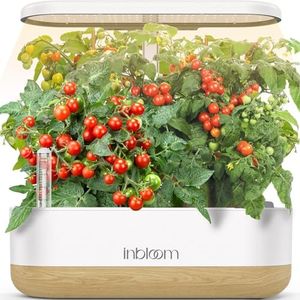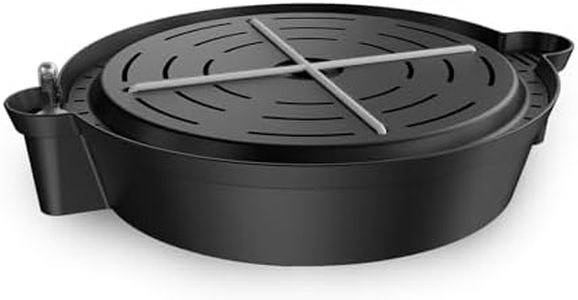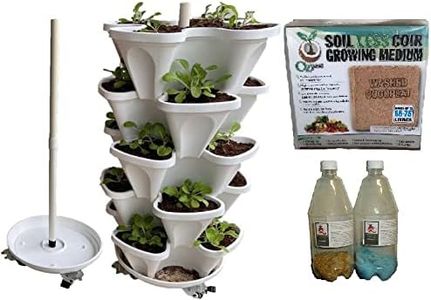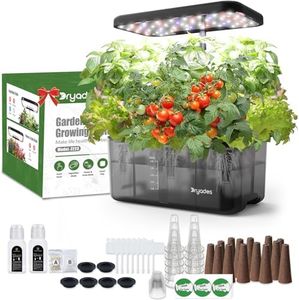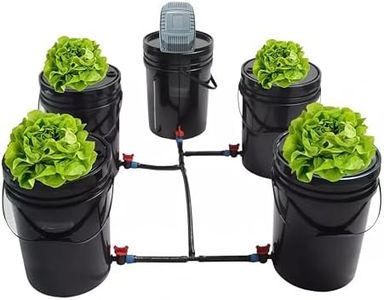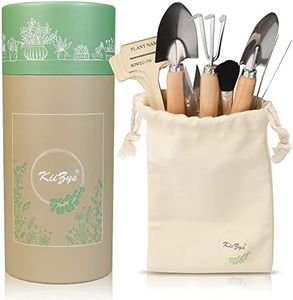We Use CookiesWe use cookies to enhance the security, performance,
functionality and for analytical and promotional activities. By continuing to browse this site you
are agreeing to our privacy policy
10 Best Indoor Garden Kits
From leading brands and best sellers available on the web.Buying Guide for the Best Indoor Garden Kits
Choosing the right indoor garden kit can make it easy and fun to grow herbs, small vegetables, or flowers inside your home, even without a yard or gardening experience. It's important to match a kit's features to your space, the types of plants you want to grow, and the effort you're willing to put in. Understanding the main features of indoor garden kits will help you pick one that suits your lifestyle and gardening goals.Lighting SystemThe lighting system is what provides the plants with the energy they need to grow, replacing sunlight indoors. Lights can range from basic LED strips to more advanced, full-spectrum systems that support a wider variety of plants. Simpler lights are usually enough for easy herbs, while more advanced options are needed for fruiting plants or if your growing space has no natural light. Choose based on what you intend to grow and where you'll place the kit – more demanding plants and darker rooms benefit from stronger, adjustable lighting.
Watering MethodWatering method refers to how the kit provides water to your plants, with common methods including manual watering, self-watering reservoirs, and hydroponic systems. Manual systems require you to water plants yourself, while self-watering or hydroponic kits keep roots consistently moist with less effort from you. If you want something low-maintenance, look for self-watering or hydroponic options. If you enjoy checking on your plants regularly, manual watering might be just fine.
Plant CapacityPlant capacity is the number of plants you can grow at once in the kit. Some kits are designed for a few herbs, while others allow for a larger indoor garden. Small kits save space and are ideal for beginners or those with limited counter space. Larger ones work well for people who want to grow more or experiment with different types of plants at the same time. Consider how many plants you want to tend to, and how much space you have available.
Size and DesignSize and design refer to the kit's physical dimensions and how it fits into your home. Some kits are compact and fit on a windowsill, while others are larger and need more dedicated space. Choose a size that won't crowd your available area, and consider whether you want the kit to blend in or make a statement in your home décor. Think about where you'll place it, how easy it will be to access for maintenance, and if you'll need to move it around.
Ease of UseEase of use covers how simple the kit is to assemble, start, and maintain. Some kits are 'plug-and-play' with guidance for beginners and minimal setup, while others may require more gardening know-how or frequent attention. If you're new to indoor gardening, look for kits with clear instructions and automatic features. Experienced gardeners might appreciate kits that offer more customization or control over the growing process.
Included Accessories and Seed CompatibilitySome kits come with everything you need to get started, like seeds, pots, and plant food, while others require you to buy those separately. Compatibility refers to whether you must use specific seed pods or can add your own seeds. If you want a quick start, consider a kit with included supplies. If you want to experiment with many plant types, make sure the kit supports a variety of seeds.
